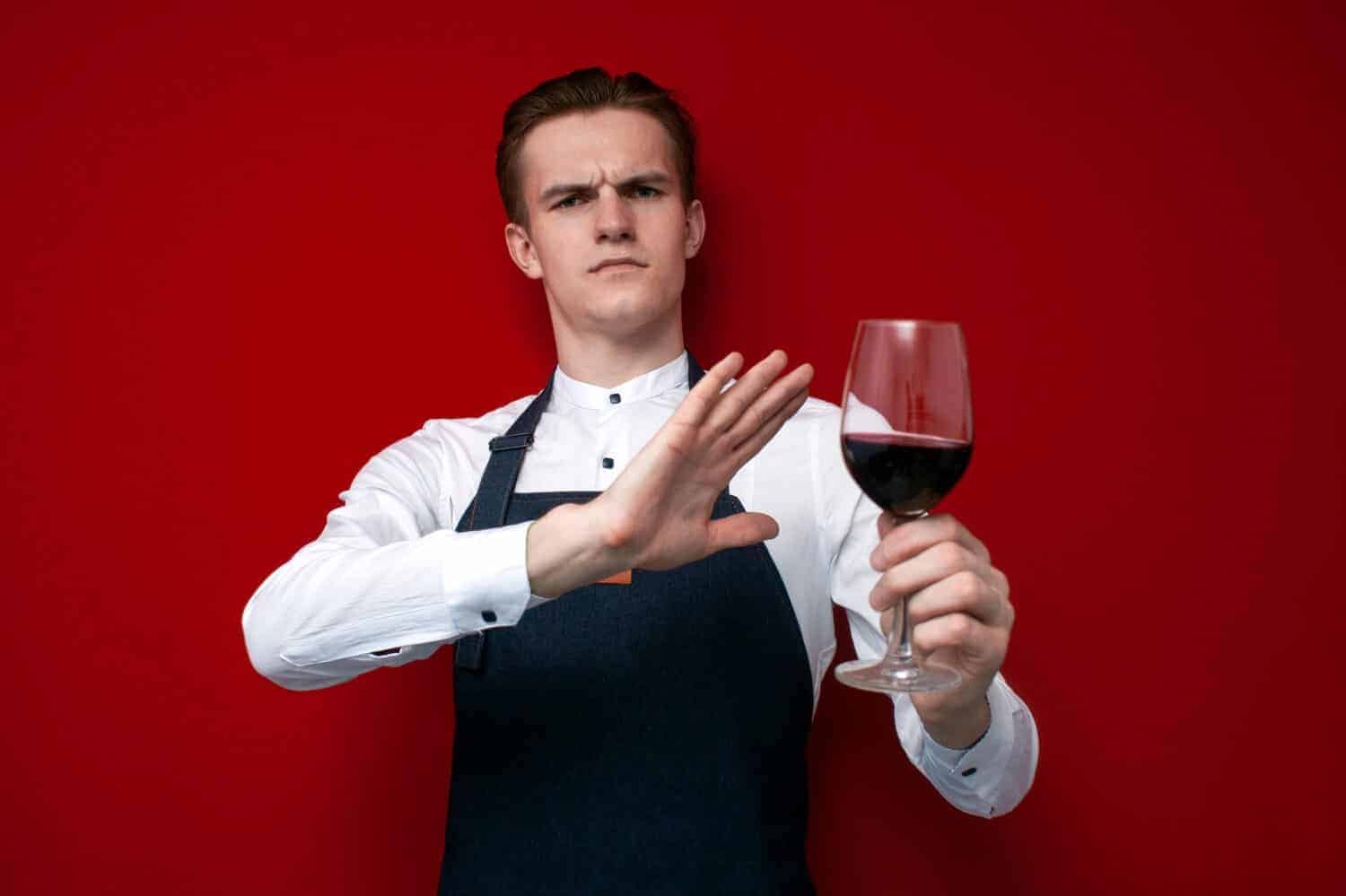Just as with food, there are fads in wine. Certain grapes, certain regions, certain styles go in and out of fashion. For a few decades in the 20th century, the sweet, fruity, fizzy Italian red called Lambrusco was the largest selling import in the country — most of it the Reunite brand, whose ads used the tagline “Reunite on ice, that’s nice.” In the early 1970s, Portugal’s Mateus Rosé, also a little fizzy but much drier than Reunite, was the most popular wine in the world in terms of sales (there’s even a famous photograph of Jimi Hendrix swigging it straight from the bottle). Neither is much heard from today, at least around here.
Today, the trendy wines are things like Prosecco, Pinot Grigio, Sauvignon Blanc, and light-colored, faintly flavored rosé. Many wine professionals, as well as plenty of ordinary wine-lovers, might consider these kinds of wine to be overrated — but the term is also sometimes applied to wines with real staying power, wines that have been known and appreciated seemingly forever, like high-end Champagne and Napa Valley Cabernet. (These are Napa Valley’s 10 most expensive wines.)
VinePair, a digital media company covering drinks culture and topics in wine, beer, and spirits, recently asked a number of sommeliers, beverage directors, and wine-focused restaurateurs around the country (with a detour to Mexico, in one case) for what they thought some of the most overrated wines in the world were.
As the site points out, “[S]ommeliers still keep their fingers on the pulse of an industry that’s always in flux, including the buzzy bottles and classic standbys that seem to be getting too much praise.”
Some of their choices might seem fairly obvious, while others will certainly raise eyebrows. Both wines that are currently à la mode and more enduring categories are included, and the wine pros surveyed don’t pull any punches. (Here are 13 ways to tell if a wine is actually really good.)
Here are the 11 most overrated kinds of wine:
Pale pink rosé
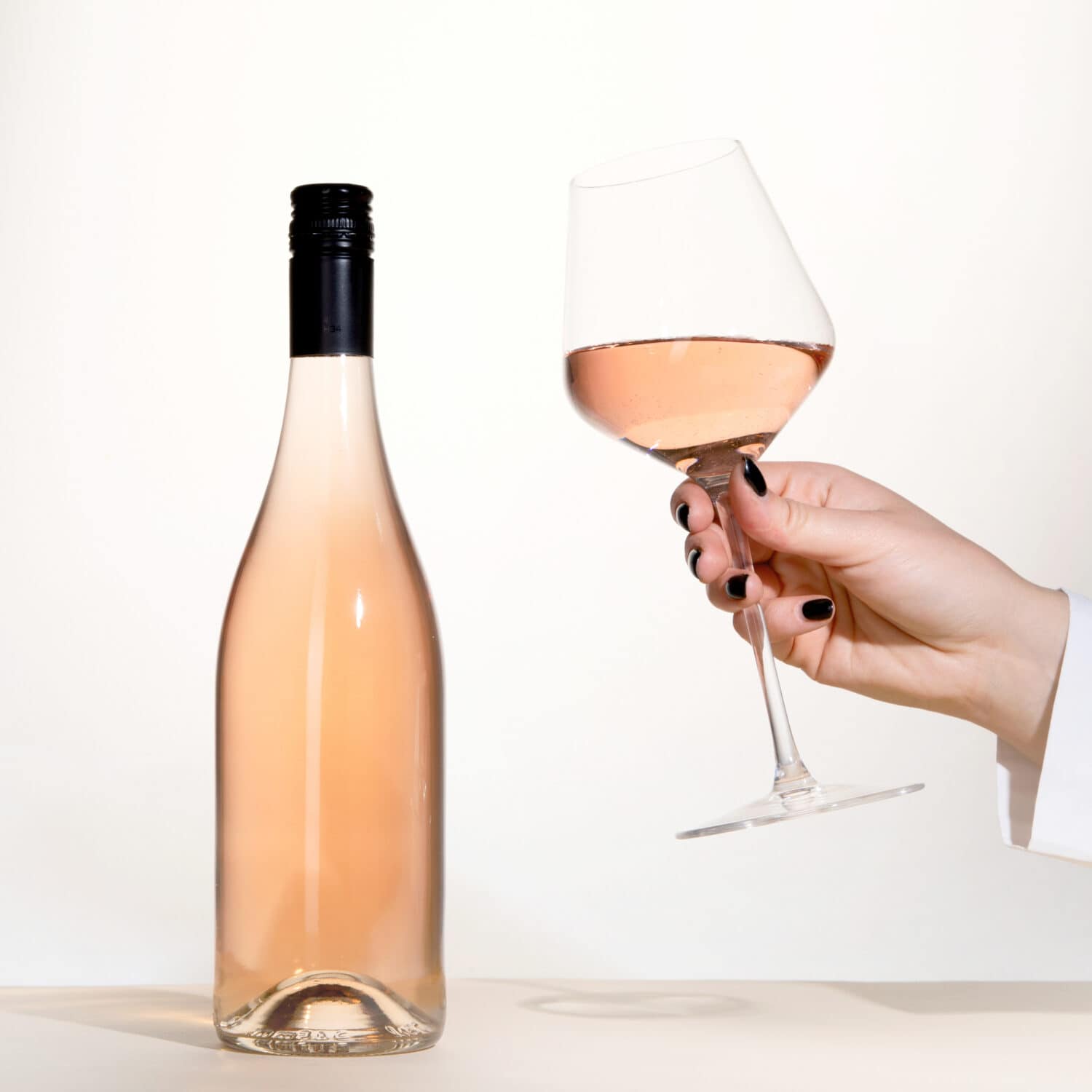
Pale pink rosé.
- What it is: Very light-hued rosé, often from Provence, often made with the Grenache grape
Rosé can be a delicious, refreshing wine, not just in summer but any time of year — however, much of what’s on the market today, including some of the most famous brands, is simply insipid. “Let’s get some color in the glass and some punch on the palate!” said Bethany Caliaro, partner and beverage director at Gift Horse and Oberlin in Providence, RI, to VinePair.
Sancerre
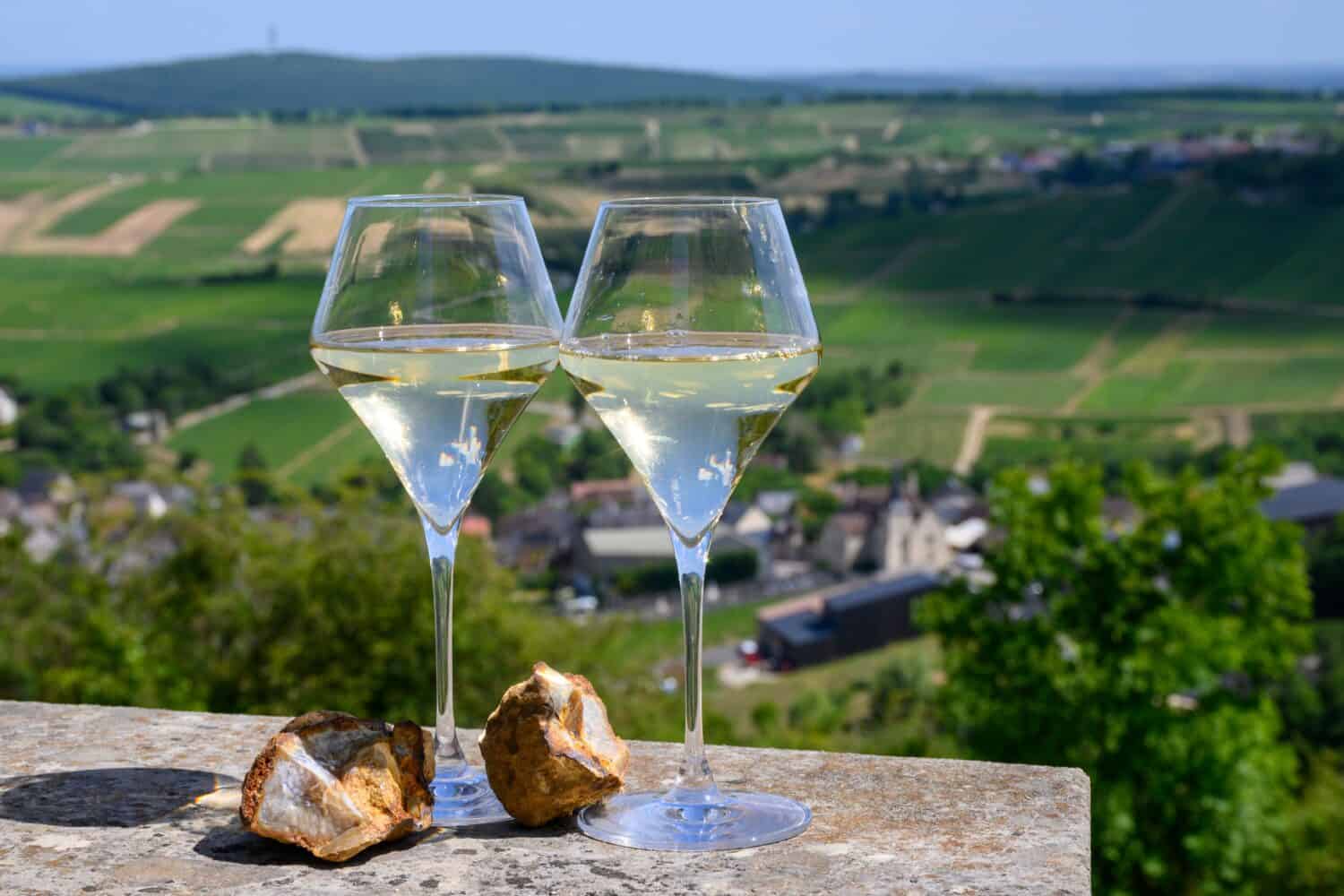
Glasses of Sancerre near the village of the same name.
- What it is: White wine from France’s Loire Valley, made from Sauvignon Blanc
This classic French white has most likely gained popularity because it’s seen as an upgrade from Sauvignon Blanc from New Zealand or Chile. While admitting to VinePair that there are good examples of the wine, Cody Pruitt, managing partner and beverage director at Libertine in New York City, adds “the majority of farming and wine in general in Sancerre is very poor,” He recommends other Loire whites from the same grape, like Pouilly-Fumé or Touraine.
Big Champagne brands
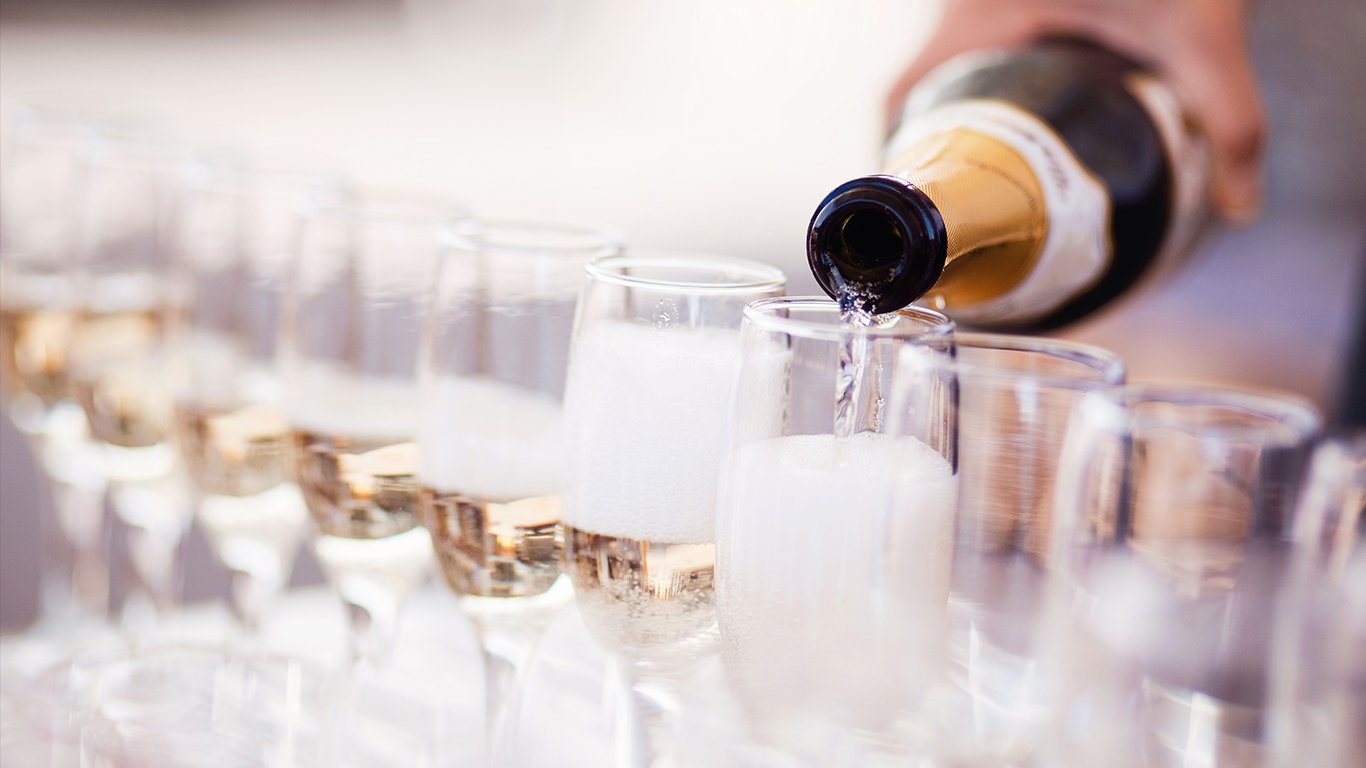
Pouring Champagne, traditionally the ultimate wine for delebrations.
- What they are: Major producers of France’s greatest sparkling wine
Champagne from famed producers like Moët et Chandon, Taittinger, Mumm’s, Veuve Cliquot, Bollinger, and Krug, is known all over the world, and can be wonderful stuff. But it can also be very pricey, and there’s a whole world of superb sparkling wine out there these days. Thibault Dubreuil, sommelier at Eli’s Table in New York City, told VinePair “If you’re gonna drink bubbles, look for smaller independent Champagne winemakers, or winemakers in Spain within the Corpinnat territory, like Recaredo, that are redefining what Cava is.”
Cabernet Sauvignon
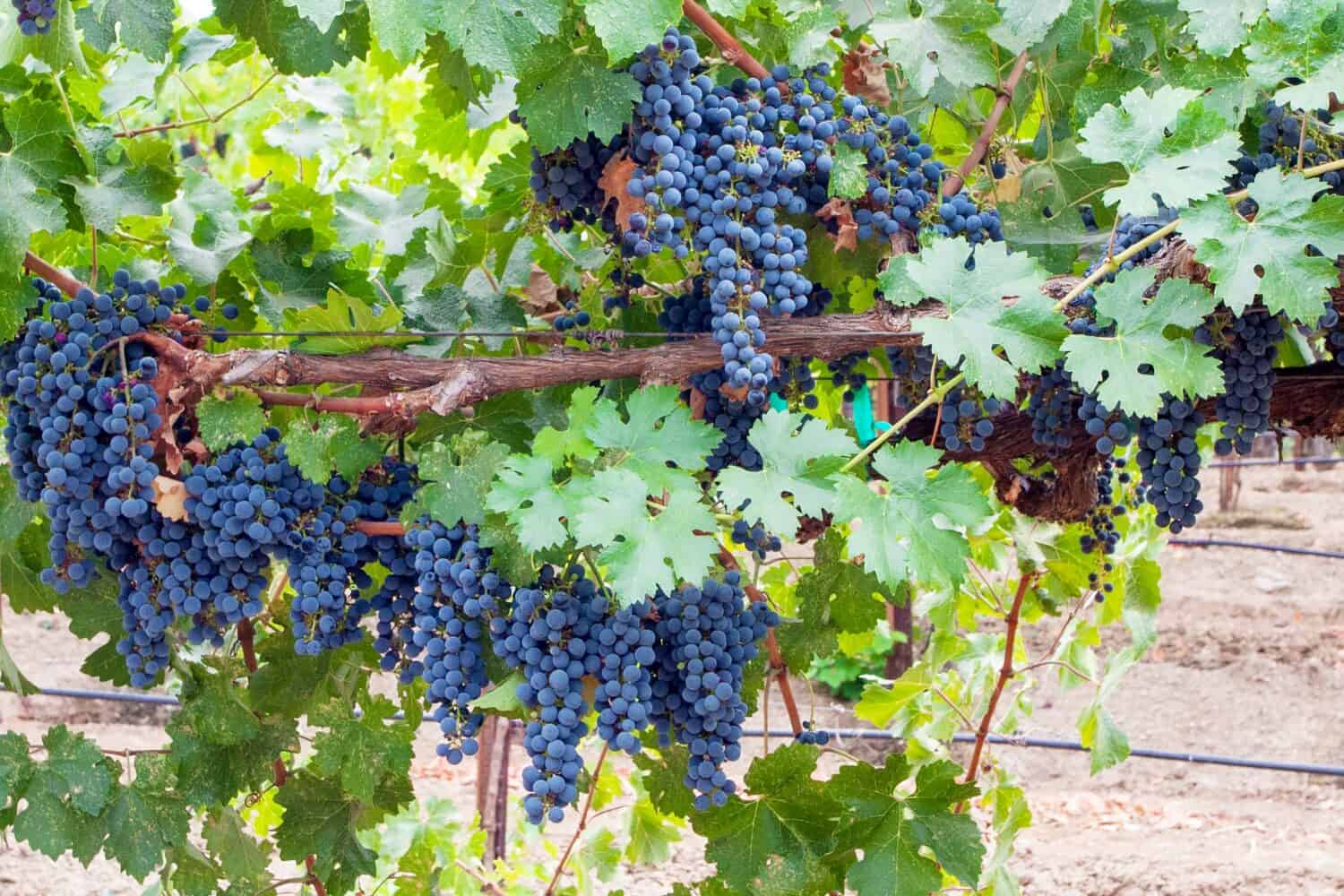
Ripe Cabernet Sauvignon grapes, about to be picked.
- What it is: Red wine, made all over the world
Cabernet is the most widely planted red-wine grape in the world, and the one responsible for some of the greatest wines of France (and specifically its homeland of Bordeaux), California, Italy, Spain, Argentina, Australia, and many more places. Forough Vakili, chef, sommelier, and founder of Le Bon Nosh in Atlanta, admits its quality to VinePair, but calls it “one of the most overrated and oversubscribed grapes,” and suggests that “there are plenty of other zippy, racecar-type red wines that will outmaneuver the muscle of Cabernet Sauvignon at the tight corners.”
Prosecco
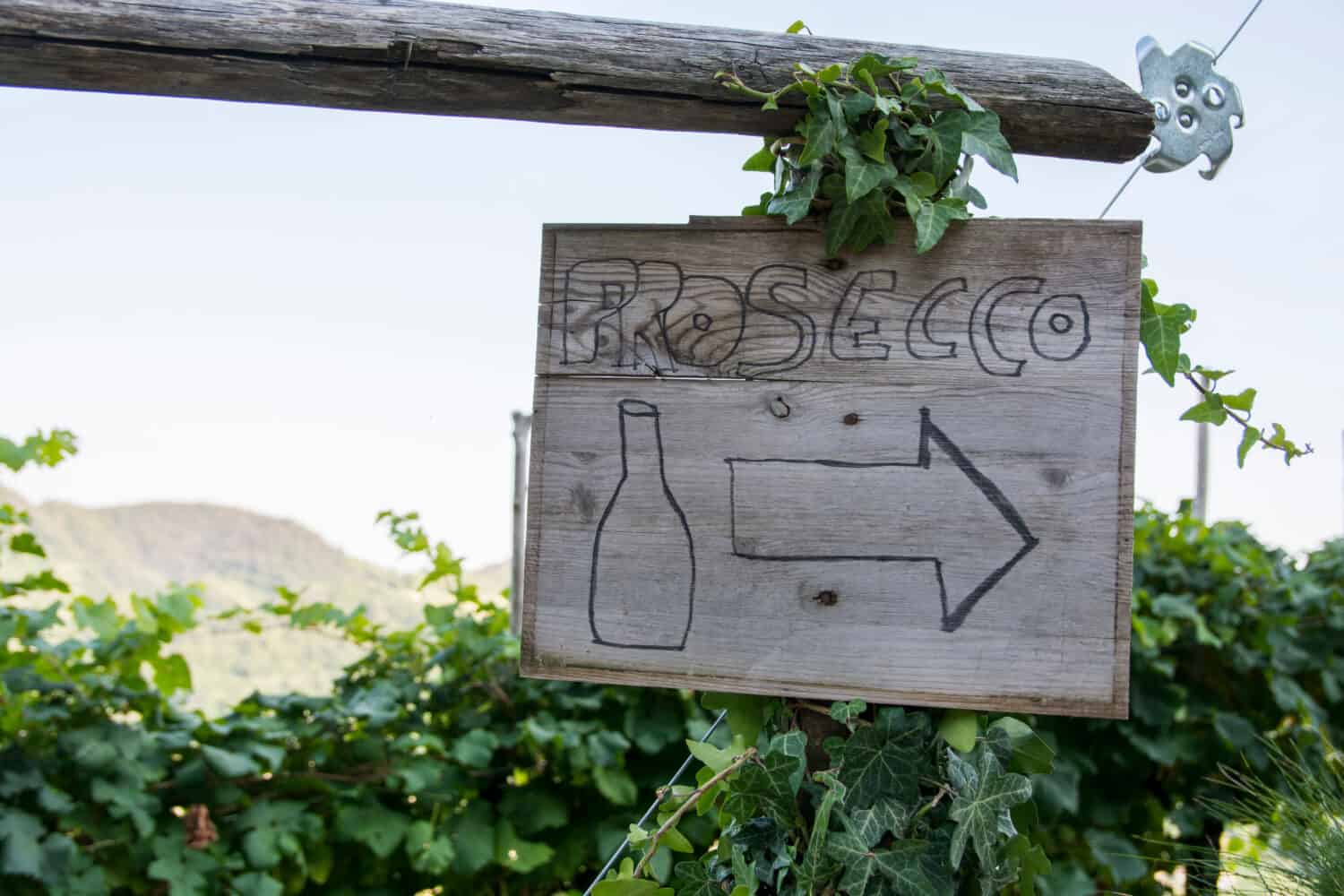
A sign pointing to a Prosecco winery in Italy's Veneto region.
- What it is: Sparkling wine from northeastern Italy, made from the Glera grape
This sparkler is found on brunch tables — and “Real Housewives” broadcasts — all over America these days. But Benjamin Oram, sommelier at Rochambeau in Boston, was speaking for many wine-lovers when he told VinePair that it’s “not that bubbly, not that aromatic, and not that interesting,” and suggested, quite rightly, that there are many other better sparkling wines on the market at reasonable prices.
Big, bold, over-oaked wines
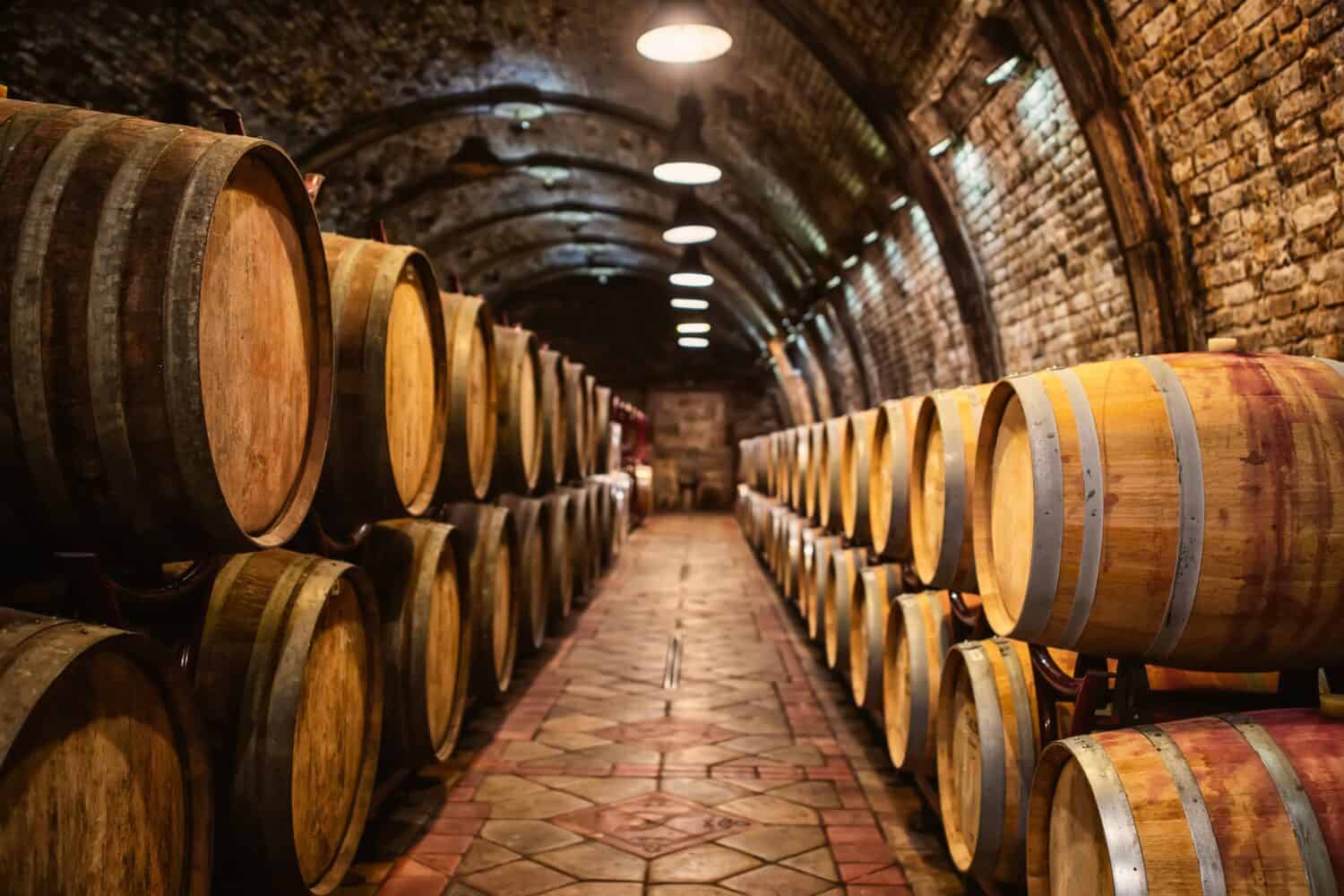
Wine aging in oak barrels.
- What they are: High-alcohol wines with excessive oak flavor (from aging in oak casks)
Winemakers. have been aging wine in oak since Roman times, and the wood adds complexity and a range of new flavors to the wine (one compound in oak is vanillin, which imparts hints of you-know-what). It’s easy to overdo the oak, though, which yields wines in which the qualities of the grape almost disappear. As Romina Mendoz, somellier and co-founder of the Cavalier Wine Society in Tijuana, Mexico, expressed it to VinePair, “big, bold, over-oaked high-alcohol wines with overripe fruit and intense extraction…all taste the same and there is nothing interesting about them.”
Natural wine
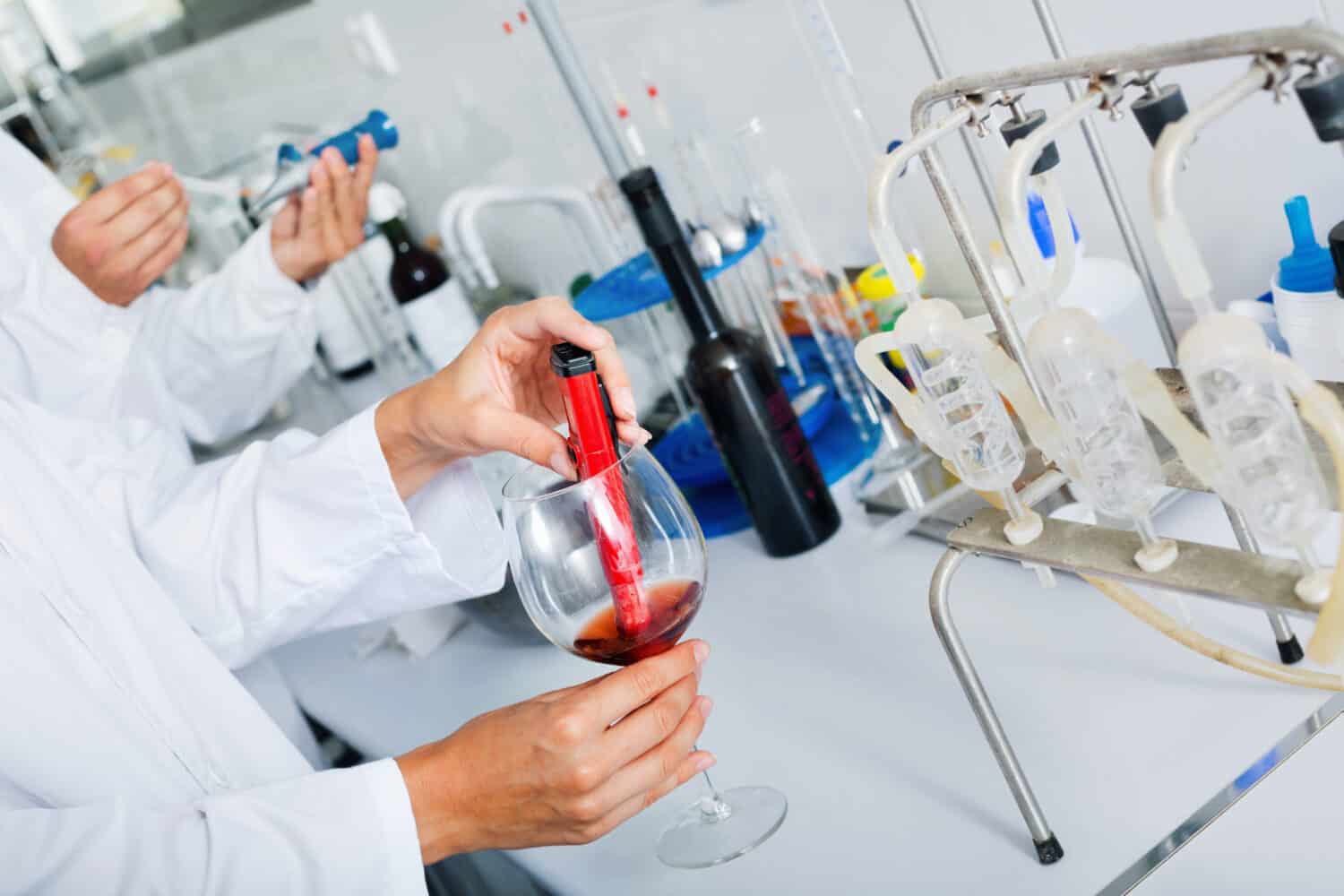
Makers of natural wine tend to avoid laboratories like this one.
- What it is: An inexact term, generally meaning wines made with minimal intervention (including no preservatives)
An ever-increasing number of restaurants and wine bars, in the U.S. and abroad, are serving nothing, or almost nothing, but “natural wines “these days — though there’s no official definition of the term. Some famous producers, like the Domaine de la Romanée-Conti in Burgundy, practice minimum-intervention winemaking, with spectacular results. Other wineries turn out funky, cloudy wines that aren’t necessarily pleasant to drink. , As Kylie Monagan, sommelier and partner in three New York-area restaurants — Amali in Manhattan, Calissa in Water Mill, and Juniper at the Vanderbilt in Westbury — put it to VinePair, “Natural wine does not equal quality wine!” Matthew Brodbine, beverage director for Pasjoli in Santa Monica, adds “To make a wine natty just to make it natty was a fun movement, but I’m glad it’s slowed in recent times.”
Napa Valley Cabernet Sauvignon
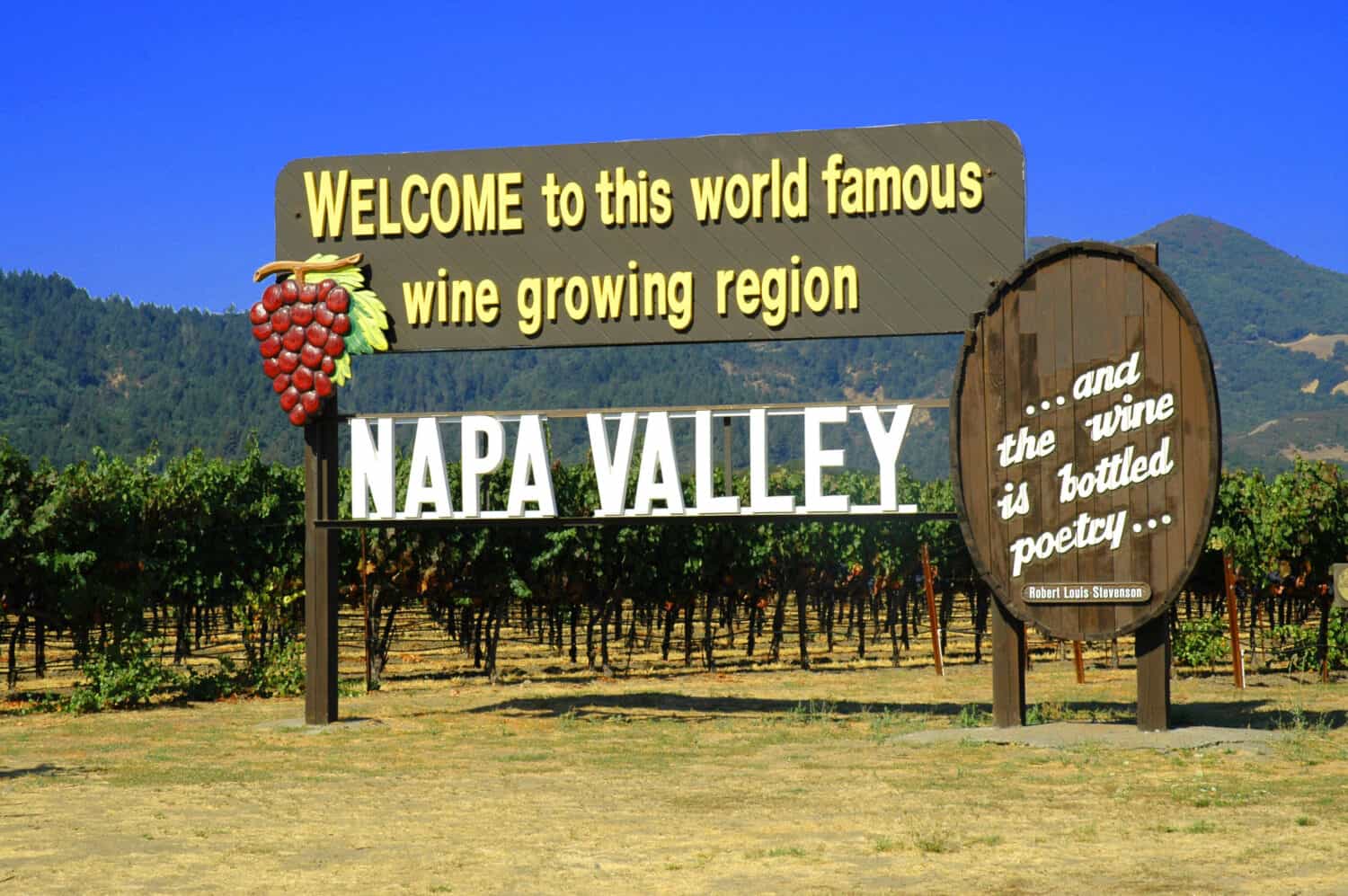
California's Napa Valley produces some of America's most expensive Cabernets.
- What it is: California’s most famous red wine
There’s no question that Napa Valley produces some of the world’s best red wines, often made entirely or in part from Cabernet Sauvignon. But are they really worth hundreds or even thousands of dollars? (One of the ultimate “trophy wines,” the 2020 Screaming Eagle Cabernet, may currently be had for around $3,700 — and, yes, that’s for a single bottle.) As Kelsey Glasser, owner and sommelier at Arden in Portland, OR, expressed it to VinePair, “[T]he reputation of awe and superiority [Napa Cabernet] has developed and the cost now associated with it has gotten completely out of whack, in my opinion….” Scott Taylor, beverage director at Harris’ Restaurant in San Francisco went further in his remarks, saying “While there are some fantastic wines that come out of Napa, there are also many bottles with ridiculously inflated price tags; brands run by marketing companies creating allure with fake scarcity and shiny reputations.”
Pinot Grigio
- What it is: White wine from the Pinot Grigio grape, often from Italy
According to The Drinks Business, Pinot Grigio — sometimes known outside of Italy as Pinot Gris — is the third most widely planted grape variety, red or white, in Italy, with acreage showing a growth of 118% between 2005 and 2021. Nicola Paganelli, owner of Epistrophy and Le Fanfare in New York City, points out that there is a huge variety of white wine grapes in Italy, and that “Pinot Grigio is one of the less meaningful.” Eric Gallen, sommelier and beverage director at Bardea Steak in Wilmington, DE, told VinePair that “It’s a wine typically meant to be quite neutral with tamed acidity, muted fruit character, easy, and quaffable — not a style that excites me.”
Wines priced unethically by producers

Some wines are priced with no relation to their value.
- What they are: Wines of any kind, but often the aforementioned big Champagne brands and Napa Valley Cabernets, selling for far too much
Ben Chesna, beverage director of The Banks Fish House in Boston, has a unique take on what constitutes an “overrated” wine. “I have a hard time calling any wine overrated because so much hard work and passion goes into every bottle,” he told VinePair. But, he continued, “With that said, any producer that takes advantage of the consumer by overpricing their wine is overrated to me.” He especially calls out the regions of Champagne, Burgundy, and Napa Valley.
Orange wine
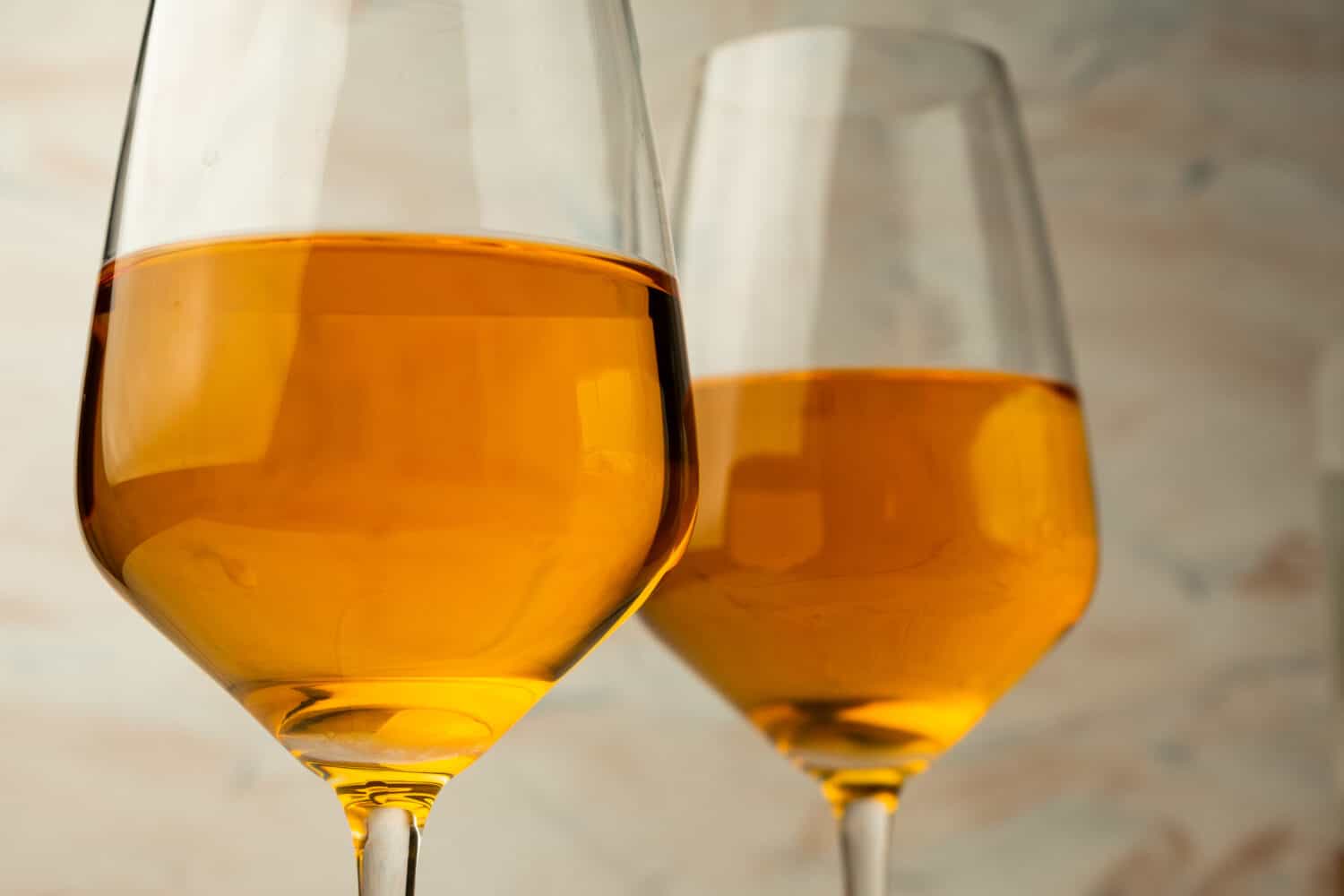
Despite its color, orange wine is made from white-wine grapes.
- What it is: A current fad — white wine made with long contact with the grape skins, lending it a distinctive color
Despite its name, you might consider orange wine (which is not to be confused with France’s vin d’orange, actually made with oranges) to be basically a rosé made with white-wine grapes. Most grapes, including those for white wine, have at least slightly colored skins, and prolonged contact with them will give wines some color. Most orange wines are also “natural,” which means they can be cloudy and not clear like the examples above. The problem, Ryan Kraemer, lead sommelier at Majordomo in Los Angeles, told VinePair is that “When requesting an orange wine, considerations of variety and place largely fall away,” and though “There are standouts and exceptions,…the recent glut of orange wine flooding the market largely tastes very similar….”
